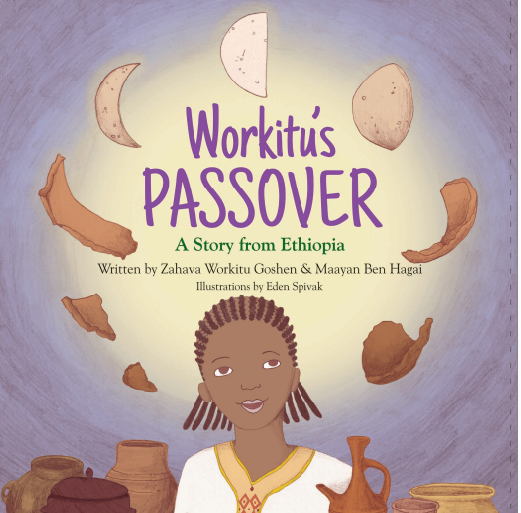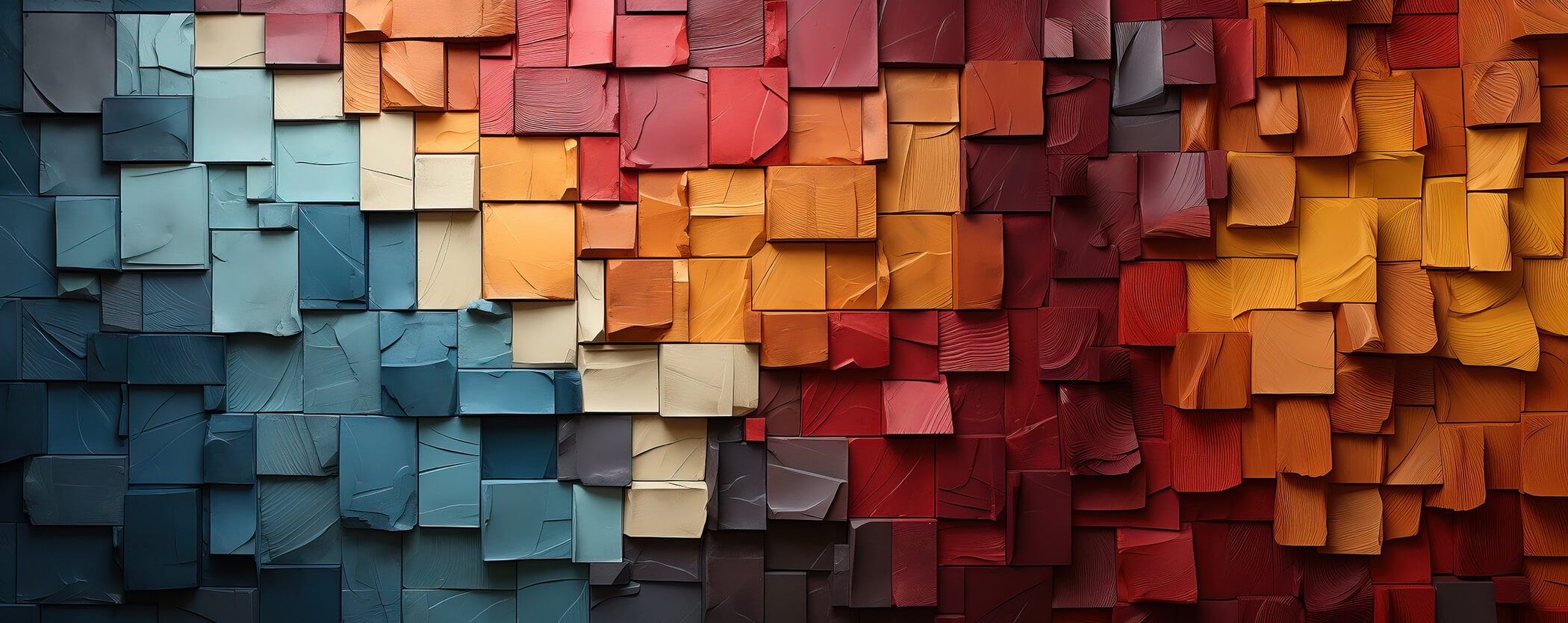I attended my first “freedom Seder” as a Freshman in college. I arrived early; I joined a table of familiar faces and felt relatively comfortable in the space. I noticed I was one of very few, maybe two, Black people. I tried not to pay that any mind and put my focus on learning the rituals of the Seder. At some point in the program, we were invited to join together to sing the Negro spiritual ‘Go Down Moses.’ That experience (and subsequent ones) was incredibly uncomfortable, and it took me years to be able to verbalize why.
The lyrics to ‘Go Down Moses‘ were first generated sometime in the early 1800s. The first known recording is a battle hymn sung by escapees of enslavement imprisoned at Fort Monroe, Virginia, sometime before July 1862. The song first appeared in Reform and Reconstructionist Haggadot as early as 1940 and has been used to retell the Passover story and draw parallels between the Trans-Atlantic Slave Trade, Jim Crow, Civil Rights, The Shoah, and other Jewish pogroms.
On the surface, ‘Go Down Moses‘ seems to speak to a longing for freedom and the ability of a person with little to no power, like Moses, to defy a perceived all-powerful force, like Pharaoh. In fact, the song was never intended to be interpreted as a retelling of the biblical story of Moses.
Negro spirituals cloaked in biblical allusion were a tradition of necessity. Enslaved people utilized the Christian language into which they were forcefully indoctrinated to communicate coded messages to each other.
Church services were the only time enslaved peoples were allowed to gather other than when they were providing free labor. Enslaved peoples masterfully repurposed their Christian indoctrination by using biblical allusion as a unifying language to communicate a collective experience. Clear, covert, verbal communication was necessary as reading, writing, and planning to escape carried a penalty of death or mutilation.
All culture, history, ritual, and spirituality on the plantation were passed down by elders orally, m’dor l’dor, from generation to generation. This sacred inheritance provided a source of comfort amid strife and served as a means for coded communication. ‘Go Down Moses‘ served as one such allusion to indicate an exodus from plantations. To cite Cantor David Fair, “Spirituals were sung not just for gratification and general fun, but often to save lives.”
Out of context, it becomes easy to use this song to center our pain on someone else’s story. We lose an opportunity to practice radical empathy for the historical and continued fight for Black liberation. The biblical story of Moses and the Exodus is our collective Jewish heritage. Still, it stands apart from the relatively recent history of enslaved Black Americans and the ongoing legacy of the brutality of racism.
Renditions of ‘Go Down Moses‘ at Passover Seders often problematically compare cultural memory and mythos of the Jewish people to the historical and contemporary trauma of Black people.

Library of Congress Prints and Photographs Division Washington, D.C. 20540 USA
Harriet Tubman, full-length portrait, standing with hands on back of a chair. Prints and Photographs Division, Reproduction Number: LC-USZ62-7816. A former slave and “conductor” on the Underground Railroad, Tubman said that she used spirituals such as “Go Down Moses” to signal slaves that she was in the area, and would help any who wanted to escape.
Enslaved peoples used the imagery of Moses as a representative code for the “conductors” of the Underground Railroad. The song is most commonly attributed to Harriet Tubman, an enslaved abolitionist known as the “Moses of her people,” who is believed to have used the lyrics to flash the red lights at the proverbial crossbuck to freedom. She used the song to call out goodbye and as a promise to return. The enslavers would assume that the song was simply a moment of jubilation because “you know them Negros be singing.”
This spiritual is a relic of the largest and one of the most inhumane forced migrations in recorded human history. The song says, “I’m going on this road to liberation, and I don’t know what to expect; G-d willing, I will be back for you.” Removing ‘Go Down Moses‘ from its context and reinterpreting the meaning to fit stories from the Torah is an appropriation of a sacred Black liberation ritual.
Too often Negro Spirituals are exploited as entertainment by the white gaze. These songs lament bondage and injustice. The people in attendance misinterpreted hopeful yearning as joy. They didn’t understand the code, but how could they? It wasn’t intended for them to understand. Seeing the smiling faces and hearing the remarks of glee after the song was sung at the Freedom Seder deeply wounded my soul.
Black and Jewish liberation in America and around the world is undoubtedly aligned. There has been significant progress toward equity for both communities in the United States, yet the Black community is still decades behind the Jewish community in access to equity. There are far better ways to draw connections between Jewish and Black experiences than singing Negro spirituals. We have the tools to learn how to be better, and I challenge us to do better.
This Passover, as we celebrate the biblical liberation that shapes Jewish collective memory, consider how you are retelling the stories of bondage and freedom. Examine the traditions you are using, and whether they honor the cross-cultural connections, you attempt to make. Explore how you can hold space for Jews like the Abayudaya, who have observed Passover in secret in recent memory. Listen to the stories of Ukrainian Jews who currently find themselves in an exodus. Talk about your commitment to fighting for the liberation of Black Jews who have yet to be free. Encourage yourself to consider if Jews are indeed free if we are not yet all free.
Use Be’chol Lashon’s Haggadah inserts and other resources to make your Passover celebration multicultural and inclusive!







